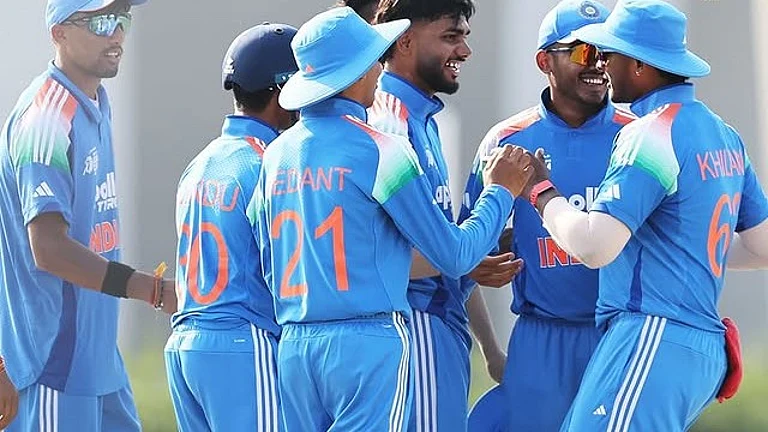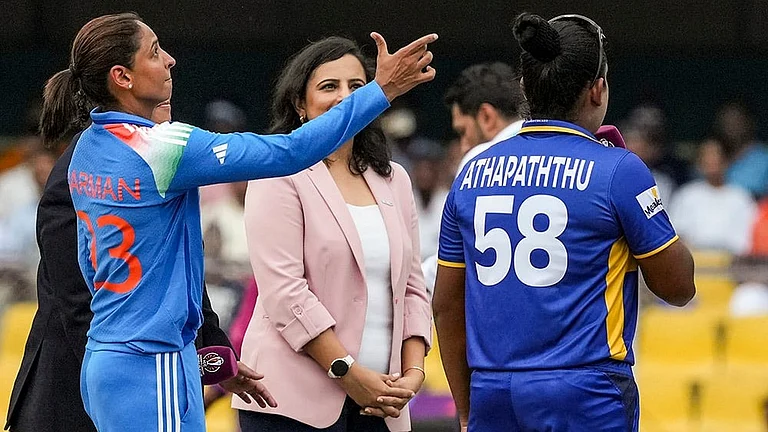Mobilizing The Marginalized: Ethnic parties without ethnic movements
Amit Ahuja
Oxford University Press
South Asian Edition
pp-238
ISBN-13:978-0-19-752951-5
The book 'Mobilizing the Marginalized' by Amit Ahuja is one of the most profound books concerning the field of comparative politics. The research strategy adopted by the author is the focus group discussion. Using the subnational comparative method, the author compared four Indian states that have a sizeable Dalit population and therefore have a considerable effect on politics at the national level.
The purpose of writing this book is vast. However, there is a constant theme that runs throughout the whole course of the book. The theme majorly covers the perspective that parties don't necessarily need to build strong electoral support in states where social mobilization among the targeted group may be strong. At the same time, it also holds to the statement that the emergence of an elite can occur despite not being associated with the class factor. This becomes evident from the fact that Dalits while being the same undermined group, have emerged differently in the below-mentioned four states.
The four states that the author covers in this book are Uttar Pradesh, Bihar, Tamil Nadu, and Maharashtra. Surprisingly, Dalits in the first two states feel more vulnerable, less privileged, and restricted in their demands. This does not imply that the community faces no issues in the latter two states. However, as the author has tried to convey through his fieldwork, the community is more socially mobilized in the latter two states (Tamil Nadu and Maharashtra). Even though they experience severe caste-based discrimination, they are more assertive in making demands that go beyond their caste identity. But this has to be kept in mind that such social dominance among Dalits in movement states (TN, MH) is only in comparison to Dalits in non-movement states (UP, Bihar). Briefly, it means this social dominance is helping Dalits within their community and not outside theirs. It also connotes how sub-national differences exist despite the reforms initiated. They still feel oppressed. These sub-national differences affect national politics as parties start their base at the regional level, and how smartly they exercise their influence ultimately determines their national fortune.

These differences among Dalits are quite divided. The author has discovered both commonalities and differences in the ‘experience of being a Dalit’ across Indian states. This method is similar to Mill’s argument of difference and agreement. Where similar cases lead to different results and different cases lead to an agreement. The author also found this theory working when he finds out how the Dalit assertion comes not just from their organization but from families, localities, etc. The thought is otherwise. This book also makes another important point related to sub-national research that is found to be applicable, namely, how the use of popular symbols and discourses is used by parties, or, for that matter, strong ones, to strengthen their position vis-à-vis others. Parties have done the same in India with Dalits.
The important factor that adds to one’s analysis of Dalit mobilization is to grasp why they have been responding differently in the given states. It is profound to see that historical factors have played an important role in shaping Dalit politics as it is now. The author has made efforts to provide reasons to help readers understand the Dalit mobilization aiding the present Dalit politics. The interesting fact is that no matter how much one relegates the past, its impact is always a driving force in assessing our present and future. The same is true for Dalits. Two factors contributed to the Dalit mobilization at a greater pace. First, their geographical positions in the past have affected their present position. The author has pointed out how Dalits who were located near ports and exposed more to the outer world through trade or war have gained more exposure and shaped their ideas than those who were restricted to a specific place. Second, the introduction of the Ryotwari and Zamindari systems played a significant role in mobilizing them. In the former case, they were exposed to British cruelty directly, and hence the outside agents considered it a good opportunity to mobilize them. In the latter system, however, such penetration was not possible because of the control exercised by the landlords over Dalits. And hence hindered the mobilization of the Dalits in UP and Bihar. This power of penetration is important. As also pointed out by Atul Kohli while assessing the anti-poverty policies by CPI in West Bengal, Karnataka, and UP, He argued that it was only because of ‘its ability to penetrate rural areas and forge links within a democratic centralization framework’ that it worked. This advances the argument that the more the power of penetration, the higher the chances of success under any framework.
The above two factors of Dalit mobilization determined the electoral performance of the four states. For the movement states of Tamil Nadu and Maharashtra, electoral performance was recorded as weak but social mobilization was strong. while the non-movement states of UP and Bihar had weak social mobilization but strong electoral performances. This was endured by the fact that historically, in non-movement states, mobilization has been absent. These states restricted their electoral demands to caste identity only. This in turn affected their patterns of voting as well. They preferred block voting, unlike movement states where voting was decided by caste, but it was not the only factor. It was, as the author also points out, quite natural that when caste was not the only basis for voting, the votes were sure to get divided among various parties depending upon the issue preferred by the voter. This was why parties did not gain electoral strength in movement states. While vice versa happened in the non-movement states. The Dalits in movement states were more autonomous in exercising their voices than those in non-movement states. The overall voting pattern/behavior of the Dalits in movement states was enhanced by the leadership of capable fellows as well.
The book further focuses on the process of social mobilization which not only encompasses electoral awareness but also strengthens one’s capacity to claim. This means one can assert one’s demands more freely. Not just an assertion of demands, but it also signifies a more credible individuality. Unlike in a position of vulnerability, where one loses both the individual and collective self. It is important to consider how electoral mobilization in movement states flourished because of a strong party base. However, in non-movement states, electoral mobilization did not yield satisfactory results because of the fraction within parties and the presence of many organizations then a committed few, hence leading to imbalanced results. Slowly, all of them began to lose control over the situation. Thus, the power of mobilization is impactful and profound, at least an easy theme to be deciphered from the book. It is so strong that it can lead to differences even among the same group. It also sets the trend for itself; that is, it becomes the norm in places where it happens and a tool to mold electoral tastes where it is rare.
This analysis can be applied to comprehend phenomena happening on similar lines. Largely, the issues of the marginalized other than the caste can be understood from the various perspectives drawn by the author of this book. Such as the emergence of multiethnic parties also owes its origins to the mobilization in the movement states. Since caste did not become the only force to vote, it meant that it was sidelined and other issues came to the forefront; hence, multiethnic parties emerged. These parties started using their capacity to extend their support base and mobilize the underprivileged groups not just on one basis but to accommodate them over more issues. This strategy proved fruitful for states and groups that had already a historical mobilization. The results showed differences not only in political but also in socioeconomic sectors. It is the result of such differences leading one to argue that Dalit politics is not homogeneous across the country and is henceforth approached through various lenses. The national-level elections are one of the great examples that could be analyzed from the arguments in the book. The parties with national-level credibility start their campaigns in the regions they know will fetch them more votes. Regions are always a focus that no one can afford to ignore. Being aware of the fact that there can be sub-national variations, they start searching for the groups or people they think can be beneficial. They even use various strategies and symbols, among other things, to catch the attention of the underprivileged. Rallies within regions are a good example of this. Would the parties not be doing so? The national outcomes can be very different from what is assumed. This directly takes us to the statement that sub-national differences exist and are important to the parties in assessing their national outcomes.
To conclude, it can be argued that mobilization is a constant need for marginalized groups. As the author also argues, ‘they cannot be mobilized by others unless they mobilize themselves (p.194). This stands true not only for Dalits as a marginalized group but, overall, for all marginalized groups. Unless they expose themselves to conditions that can help them figure out their strengths and weaknesses, they are no more than robots that can be molded to a given command the way the operator wants them to. Once this happens, then the responsibility comes to the institutions as well as to society itself. It has been found that despite measures and reforms, marginalized groups still face the brunt of the hegemonic narrative. Society refuses to acknowledge their human essence, and they remain trapped in their identities. And stigmatized forever. Thus, choices need to be re-looked at, re-assessed, and shaped in a way so that not only political but socioeconomic elevation happens as well. This needs collective effort and more on the side of those who are ‘targeting’ the ‘targeted’ ones.
(Durdanah Masoodi is pursuing a Master's in Political Science at Jamia Millia Islamia, New Delhi)
(Amit Ahuja is an associate professor of political science at the University of California, Santa Barbara. His research focuses on the processes of inclusion and exclusion in multi-ethnic societies.)






















